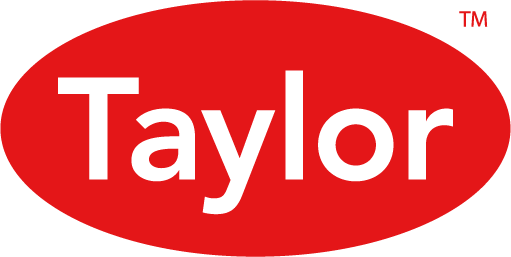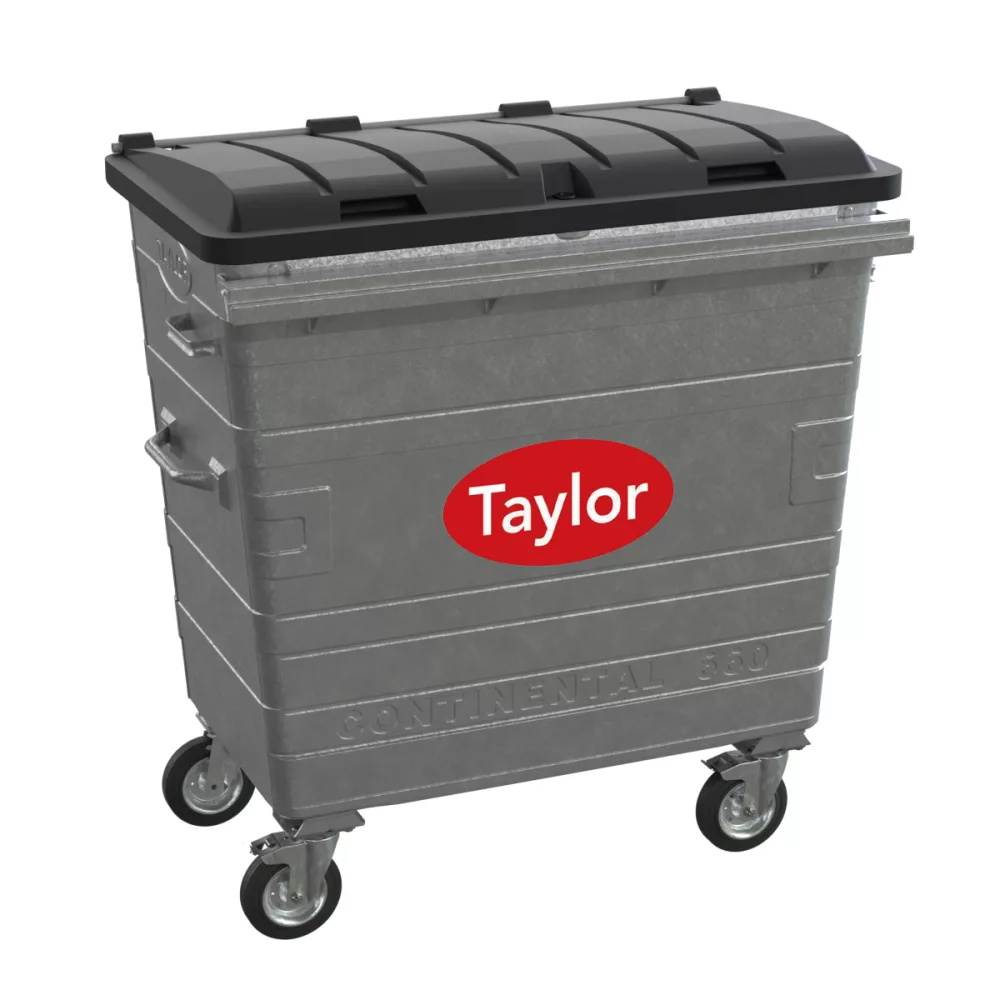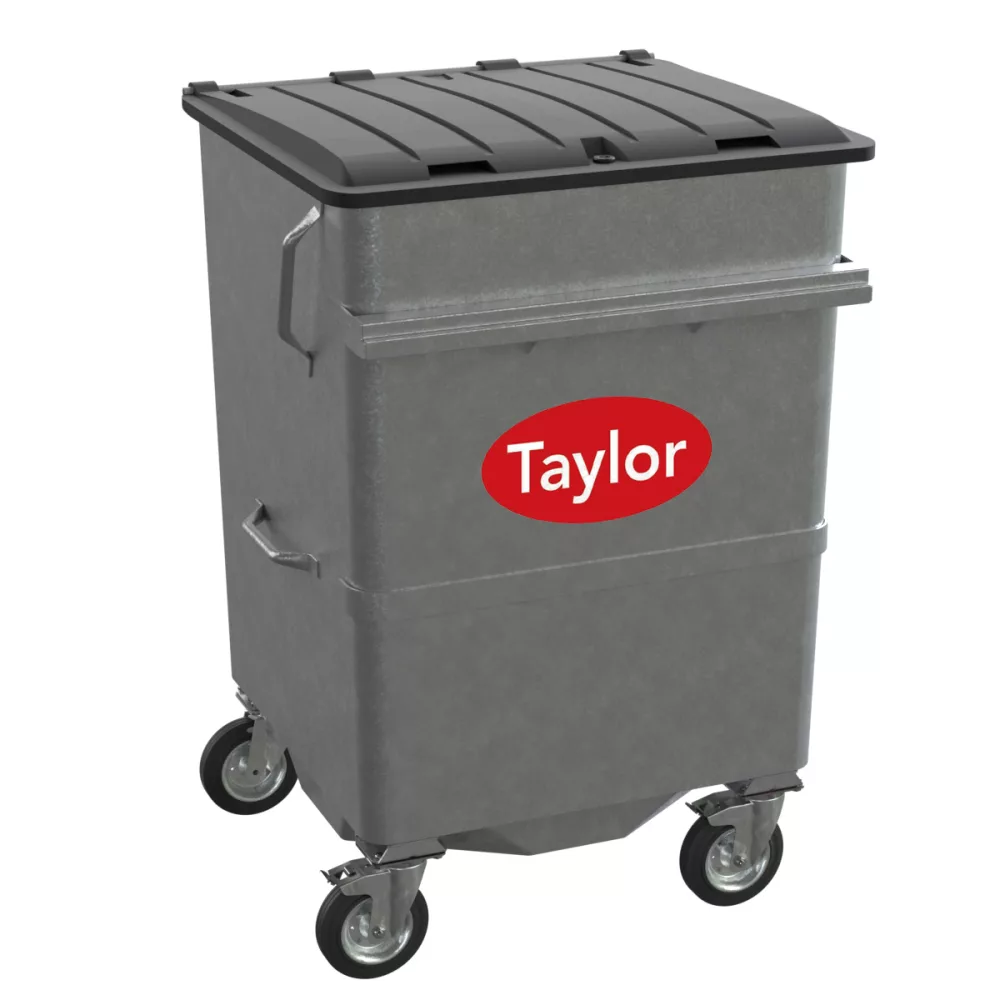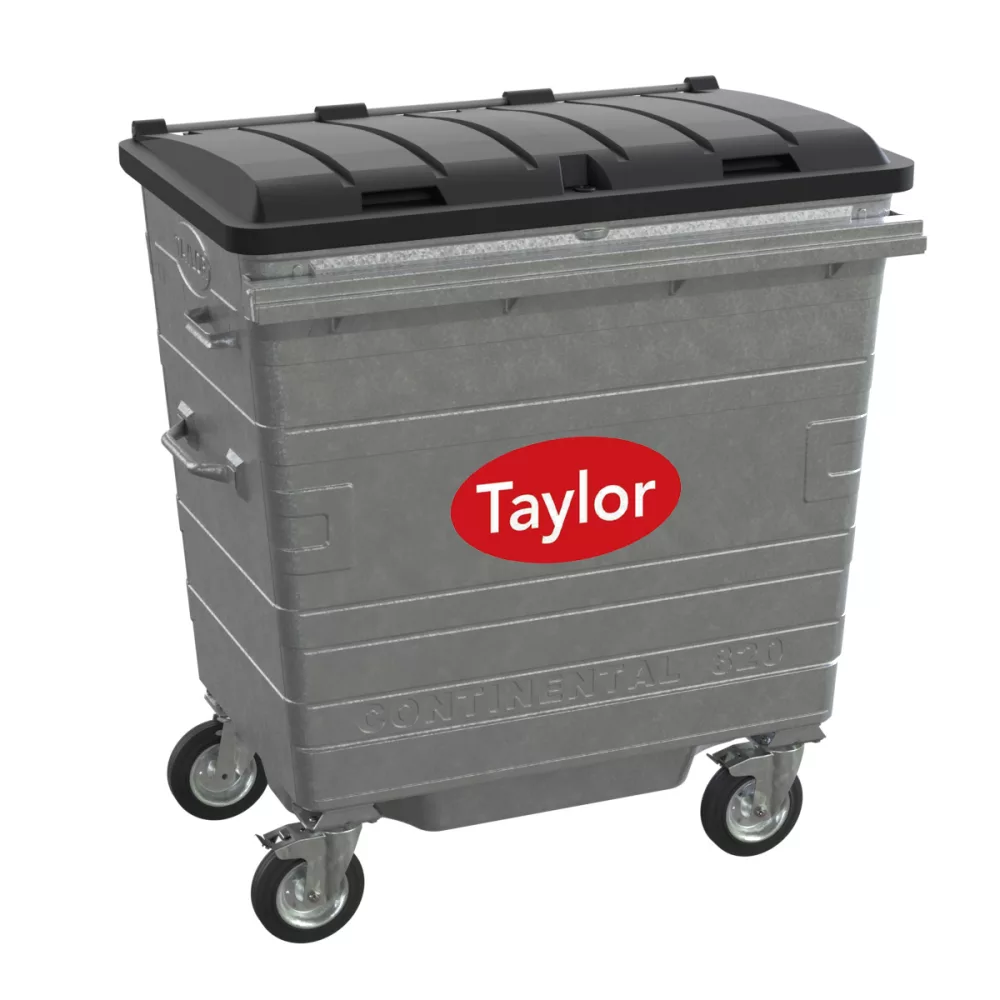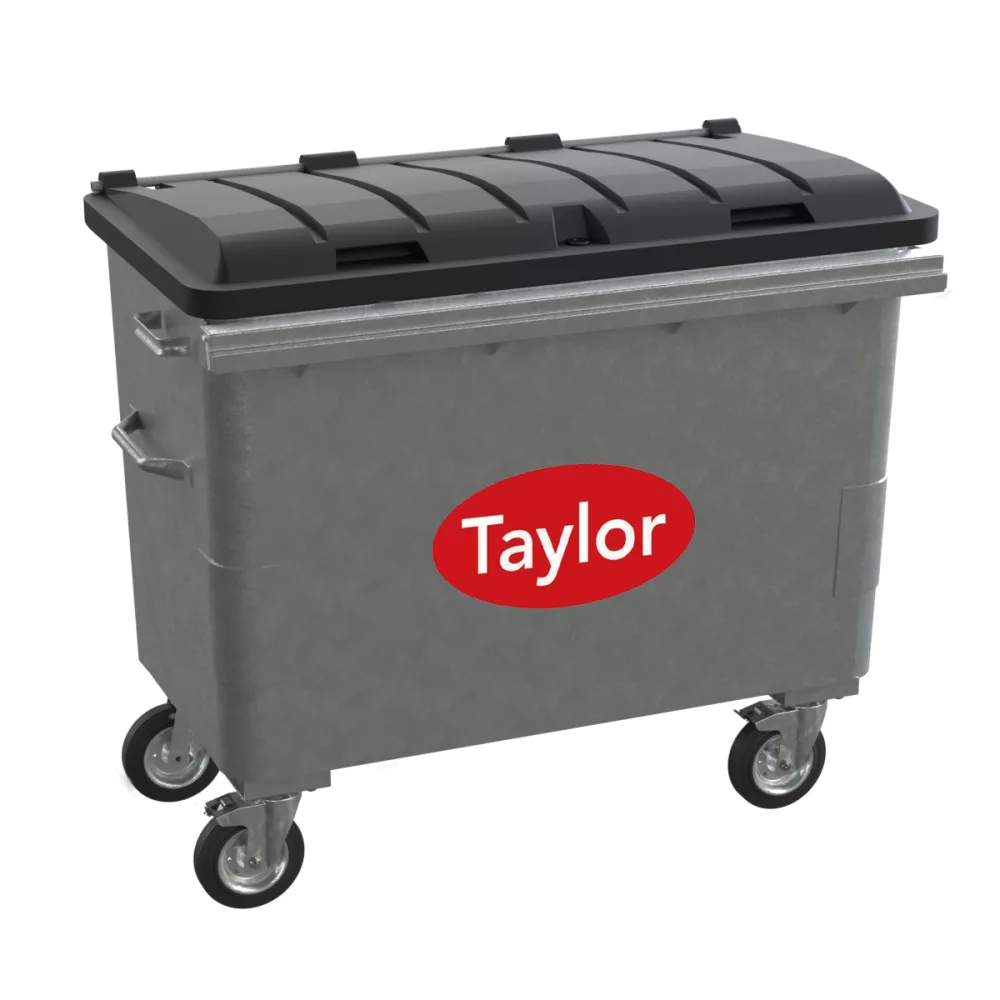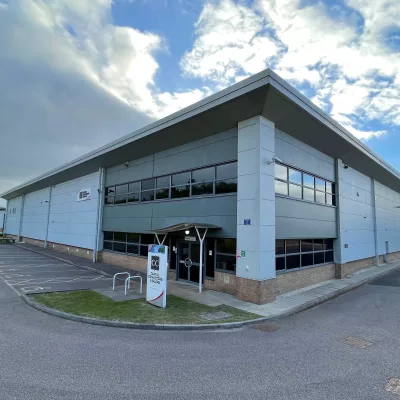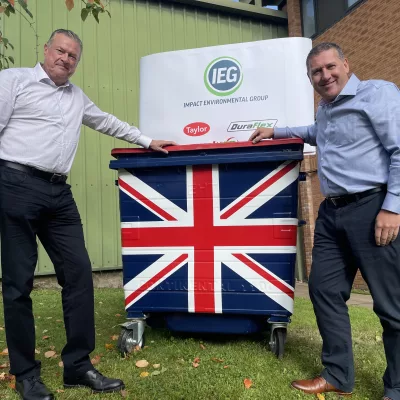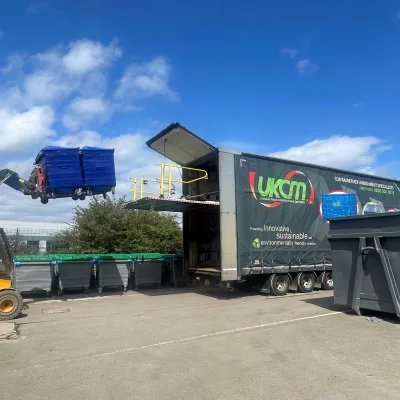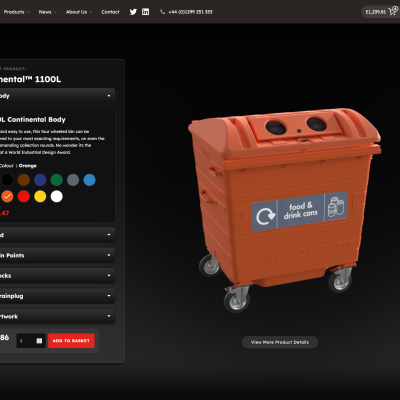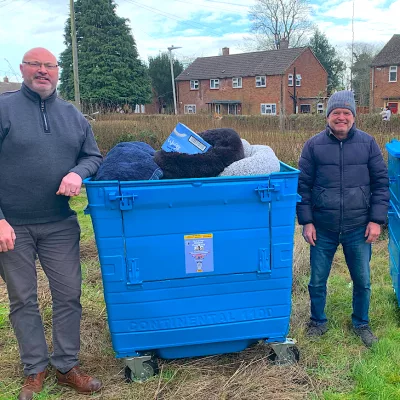Your basket is currently empty!


by Emmett Reidy, Business Development Director at Egbert Taylor
I’ve been working in the disruptive waste technology market for over a decade now, and during that time the bin and market has changed – considerably, I am glad to say.
With the advancement in cellular and battery technology, as well as Local Authorities’ openness to embrace and integrate technology into their day to day operations,
technology, data and efficiencies are no longer scary words but expectations when looking to meet current environmental demands.
The bin has gone from being a simple container to becoming an integral part of the IoT landscape and a key tool for helping local authorities not only achieve cleaner streets, but also deliver cost and environmental efficiencies.
Bins have become multi-faceted communications devices, monitoring instruments and mediums for boosting the sustainability credentials of a local authority. Crucially, however, bins have come to represent ways in which local authorities can become more resource efficient, improve their waste collection strategies and deliver cleaner streets for their residents and visitors.
Waste collection technology is no longer cost prohibitive and its inclusion within local authorities’ waste collection strategies could not be timelier.
A Local Government Association report entitled Evaluation of the Waste and Recycling Programme highlights how funding from central government to councils is reported to have been cut by 40 per cent during the era of the coalition government. It also raises the issue around how budgets are shrinking in tandem with the wider legislative context, the by-product of which is placing increasing pressure on local authorities to send less to landfill and become greener.
The same report points out that UK councils spend around £853 million per year on waste collection; a figure that is not only sobering but one that quickly makes clear how minor percentage improvements could translate to huge financial savings for local government. And this is where the complementary relationship between tech and the bin has flourished.
Bigbelly HC5 stations, which Egbert Taylor distributes in the UK, are the most efficient compactors in the world and are specifically designed to operate in locations without direct sunlight. The data we have collected over 15 years in the market (10 of which in the UK) has taught us that solar-powered waste compactors in city locations – with building and foliage cover blocking direct sunlight – typically require less than 3Wh per day for all operations including the units’ communications, compaction and standby modes.
Bigbelly’s first product came to market in 2004. These early generation products required two hours of direct sunlight per day all year-round to operate, which is available in less than 30% of typical waste bin locations across a city. Bigbelly’s product today (the fifth generation) has been improved so that we can proudly say that every Bigbelly solar-powered waste compactor built in the last 13 years can operate exclusively with only indirect sunlight and no direct sunlight exposure, therefore allowing councils to position the stations where they are required to meet the local needs and function all year round. The battery life of a HC5 station is now also 6-8 years long, depending on the environment and usage.
The stations inbuilt ram increases the unit’s capacity by compacting automatically when the waste gets to a certain height within the unit. When compared to a standard litterbin, Bigbelly is now reducing the number of collections by an average of 90%.
When nearly full (80%), the station provides collection operatives with an ‘up-to-the-minute’ overview of their entire collection route through the app or dashboard. The dashboard allows users to review the fullness and efficiencies of the fleet and decide which stations need to be emptied. As standard, most of our customers depend on the auto alert system that emails the crews prior to their shift starting with details of all the full stations that require emptying and, importantly, those that don’t, which allows them to focus the rest of the day on their other tasks.
As a result, vehicle movements are minimised or allocated to other duties, making an area safer and cleaner, and the local authority’s cost of waste collection is reduced.
If we compare where we are now with where we were as little as a decade ago, then the level of flexibility afforded by technology such as this is groundbreaking.
Rugby Borough Council, for example, replaced 56 traditional bins, each of which had traditionally received between two and three collections per day, with 23 Bigbelly smart stations. In only 12 months, it reduced manual waste collections from 51,100 per year to only 1,509 per year – a saving of 49,591 collections. In the context of the £853 million spent on waste collection, technology such as this could surely make a notable contribution towards reducing the overall bill.
In Rugby Borough Council’s case, litter picking on the main trunk roads into Rugby town centre would often get neglected as a result of the time and cost required to send a crew out to address any issues. Now, savings made as a result of smart stations are reinvested in this element of street cleansing. Likewise, they have helped eliminate overfull bins in Rugby’s public spaces and children’s play areas without having to commit crews to make ad hoc and unplanned weekend collection trips. The system’s compaction technology buys time until the beginning of the working week by increasing the units’ capacity when full.
With the advancement of fill level technology sensors, which can be installed in any bin and render each and every container an intelligent container, there are now multiple routes for local authorities to achieve clean streets in parallel with becoming more agile and much leaner. Technology comes in many forms. In the context of the bin, there needs to be awareness and knowledge of what is being purchased, a guarantee that it will deliver and an understanding of the full life cost of such solutions. If used and integrated correctly, technology really can equate to cleaner, less cluttered streets. And, as local authorities are being forced to be more creative with their budgets, suppliers and manufacturers are thankfully becoming more creative with their solutions, too. Not only will this ensure that our streets continue to be clean but also reinforce the increasingly important role that the bin now has in modern society.
